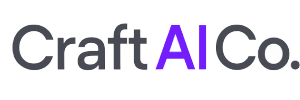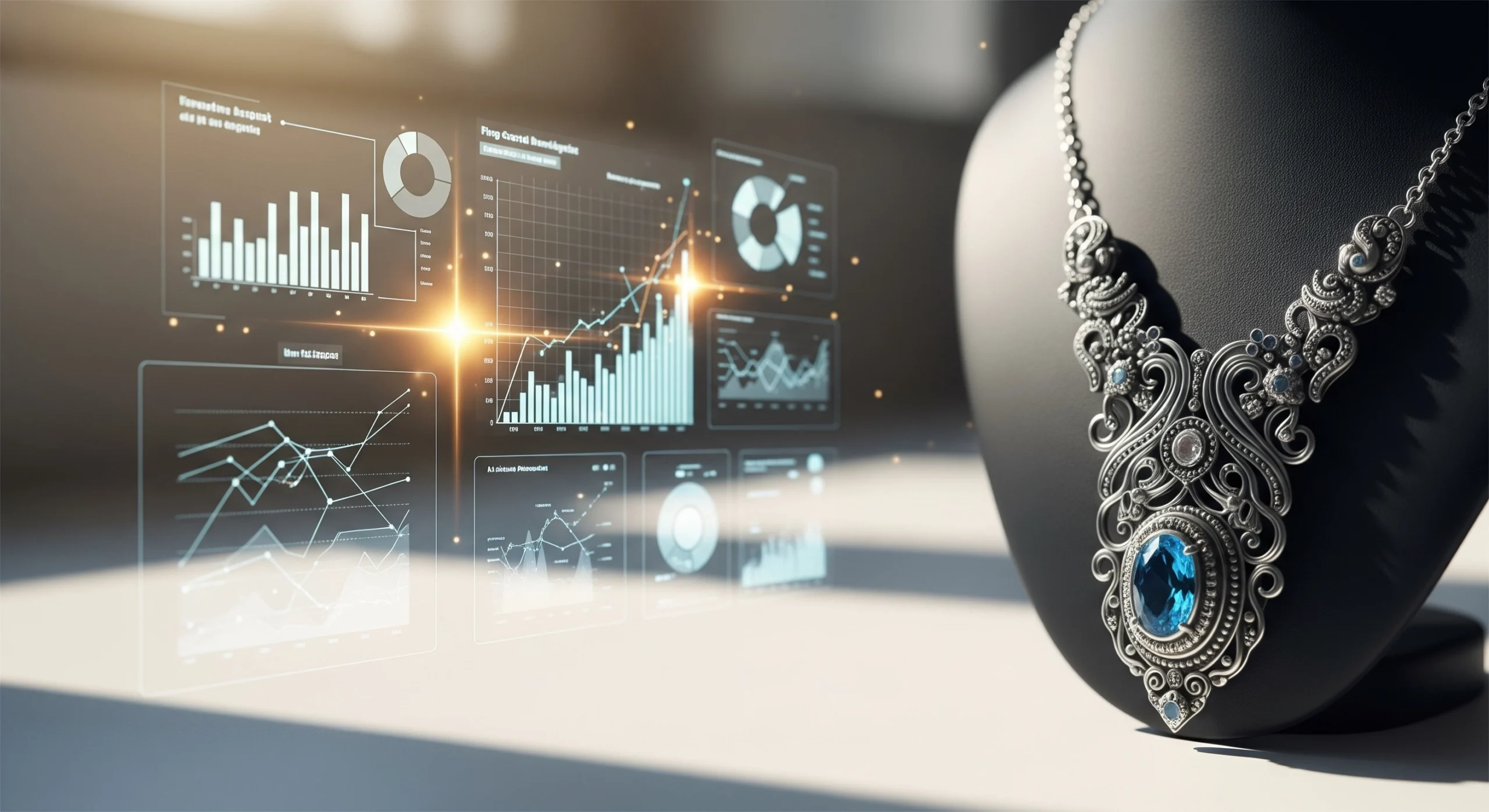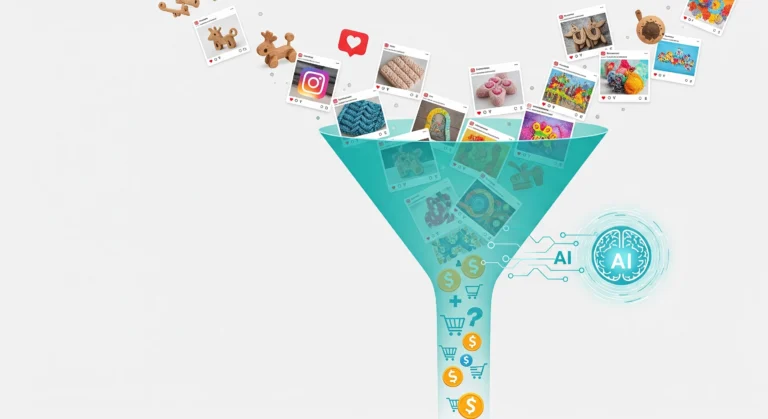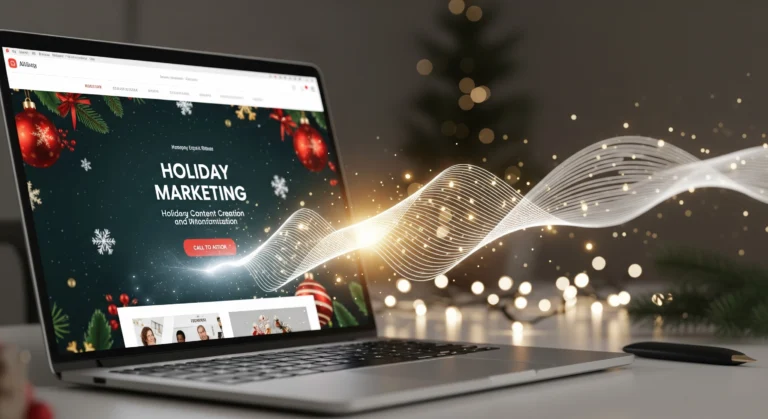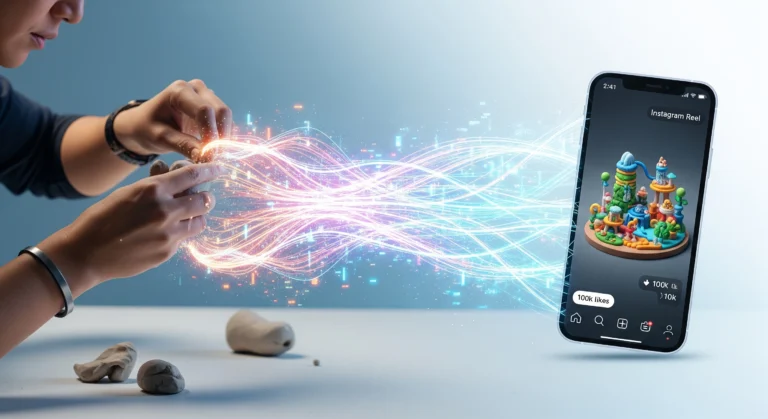Craft fairs are a vibrant space for artisans and small businesses to showcase their products, connect with customers, and drive sales. Yet, navigating the unpredictable nature of these events—managing inventory, predicting buyer preferences, and optimizing booth placement—can be overwhelming.
According to a 2023 report by the American Craft Council, 68% of craft fair attendees prioritize unique, handcrafted items, yet only 45% of vendors report meeting their sales goals.
AI craft fair planning has emerged as a strategic solution, offering data-backed insights to transform your participation into a highly profitable endeavor.
By leveraging artificial intelligence, you can shift from guesswork to certainty, ensuring your craft fair experience is not just creative but also commercially successful.
This article will guide you through a comprehensive strategy to harness AI for smarter planning, from selecting the right tools to measuring long-term results.
The Strategic Toolkit
Strategic Foundation
To build an effective AI craft fair planning strategy, start with a solid foundation. This includes understanding your target audience, defining clear business goals, and analyzing historical data. For instance, if your audience consists of nature-inspired gift buyers, focus your AI tools on predicting trends in eco-friendly products.
Essential AI Tools
Fairspot AI
Fairspot AI is a cutting-edge platform designed for event organizers and vendors alike. Its predictive analytics tools help identify high-traffic booth locations and product trends. Learn moreCraftPredict
CraftPredict specializes in inventory management and forecasting for crafters. It uses machine learning to analyze past sales data and suggest optimal stock levels. Explore CraftPredictArtisanFlow
This platform integrates booth placement with customer behavior analysis. It’s ideal for visualizing how AI can maximize your craft fair ROI. Visit ArtisanFlow
Human Expertise
While AI provides powerful insights, human expertise remains vital. Combine AI-generated data with your creative intuition to curate a booth that resonates emotionally and strategically with attendees.
Time & Resource Investment
The traditional method of predicting best-sellers relies on spreadsheets, market research, and gut feelings—an approach often fraught with inaccuracies and time-consuming efforts.
Manual Method:
- Time: 20 hours per craft fair preparation.
- Resources: Spreadsheets, surveys, and focus groups.
AI-Powered Method:
- Time: 2-3 hours per fair with initial setup.
- Resources: AI tools and historical sales data.
ROI Insight:
By adopting AI, you could save 85% of your preparation time, allowing you to focus on creative and customer-facing tasks. For example, if your average fair requires $500 in inventory costs, AI can reduce overstock by 30%, saving $150 per event.
The Implementation Blueprint
Step 1: Export Your Data
Gather historical sales data, customer feedback, and inventory records from past craft fairs. Ensure data is clean and organized for AI tools.
Step 2: Select and Set Up Your AI Tool
Choose from tools like CraftPredict, Fairspot AI, or ArtisanFlow. Most offer free trials, so start small to test their accuracy.
Step 3: Input Your Data
Upload your dataset into the chosen platform. AI algorithms will analyze patterns and generate predictions.
Step 4: Refine Predictions with Local Insights
Adjust AI suggestions based on regional trends, seasonal demands, and local customer behavior.
Step 5: Plan and Prepare
Create a detailed plan for booth layout, inventory allocation, and staffing based on AI insights.
Pro-Tip
“AI doesn’t replace human creativity— it amplifies it. Use AI to validate your instincts and take calculated risks at craft fairs.”
Measuring Success: Key Performance Indicators (KPIs)
To gauge the effectiveness of your AI craft fair planning, track these KPIs:
| Metric | What It Tells You |
|---|---|
| Inventory Turnover Rate | Measures how quickly you sell out stock. A higher rate indicates better product-demand alignment. |
| Booth Conversion Rate | The percentage of visitors who become customers. AI can optimize this by refining product placement and displays. |
| Customer Acquisition Cost (CAC) | Helps you understand the cost of attracting customers, which AI can minimize by targeting high-value products. |
Use tools like Google Analytics or your AI platform’s built-in metrics to monitor these KPIs over time.
Scaling & Advanced Strategies AI craft fair planning
Once you’ve mastered the basics of AI craft fair planning, consider these advanced approaches:
Seasonal Trend Forecasting
Expand AI beyond individual events to predict trends across multiple craft fairs and seasonal markets.Personalized Customer Journeys
Use AI to segment customers and tailor your offerings for repeat fairs.Dynamic Pricing
Adjust prices based on real-time demand during events.
Real-World Business Applications
For B2B SaaS Companies
Use AI craft fair planning to showcase your software’s benefits through tangible demos. For example, a digital marketing agency can predict demand for workshops by analyzing past client feedback.
For E-commerce Businesses
Dive deeper into customer purchase history to identify which products perform best at physical events.
For Digital Agencies
Apply AI insights to design immersive booth experiences that align with your clients’ brand identities.
Common Strategic Pitfalls to Avoid
Ignoring Data Quality
AI relies on accurate data. Ensure your historical records are clean and comprehensive.Over-Reliance on AI
Always blend AI predictions with human creativity.Neglecting Customer Feedback
Collect real-time feedback to refine your strategy mid-event.
Building Your Content Engine
Transform your craft fair strategy into a sustainable system with automation and content marketing. For instance:
- Automate Data Collection: Set up tools to gather sales data post-event.
- Content Repurposing: Turn your fair success stories into blog posts or social media campaigns.
Conclusion
AI craft fair planning empowers crafters and businesses to turn uncertainty into opportunity. By combining data-driven insights with creative flair, you can predict trends and maximize profitability. Start implementing these strategies today and elevate your craft fair game.
Call to Action
Ready to turn your craft fair strategy into a profit-generating machine? Schedule a free consultation with our experts to craft a tailored plan for your next event.
Let us help you elevate your craft fair experience with AI craft fair planning!
FAQs
Q1: How much does AI craft fair planning cost?
A: Most tools for AI craft fair planning offer free trials. Costs vary based on your needs, but they usually range from $50 to $200 per fair.
Q2: Do I need technical skills to use these AI craft fair planning tools?
A: No. The platforms are designed for users with minimal technical expertise.
Q3: Can AI predict inventory failures?
A: Yes, by analyzing past overstock and understock issues, AI can optimize your inventory for future fairs.
